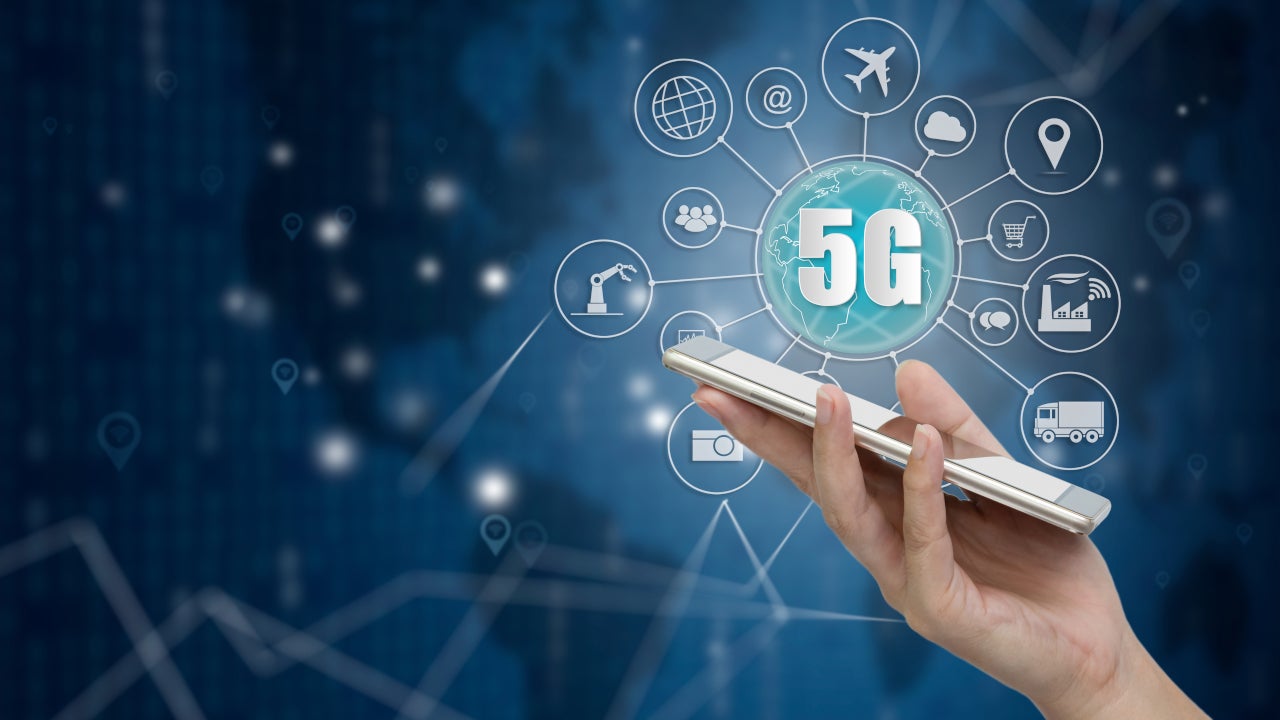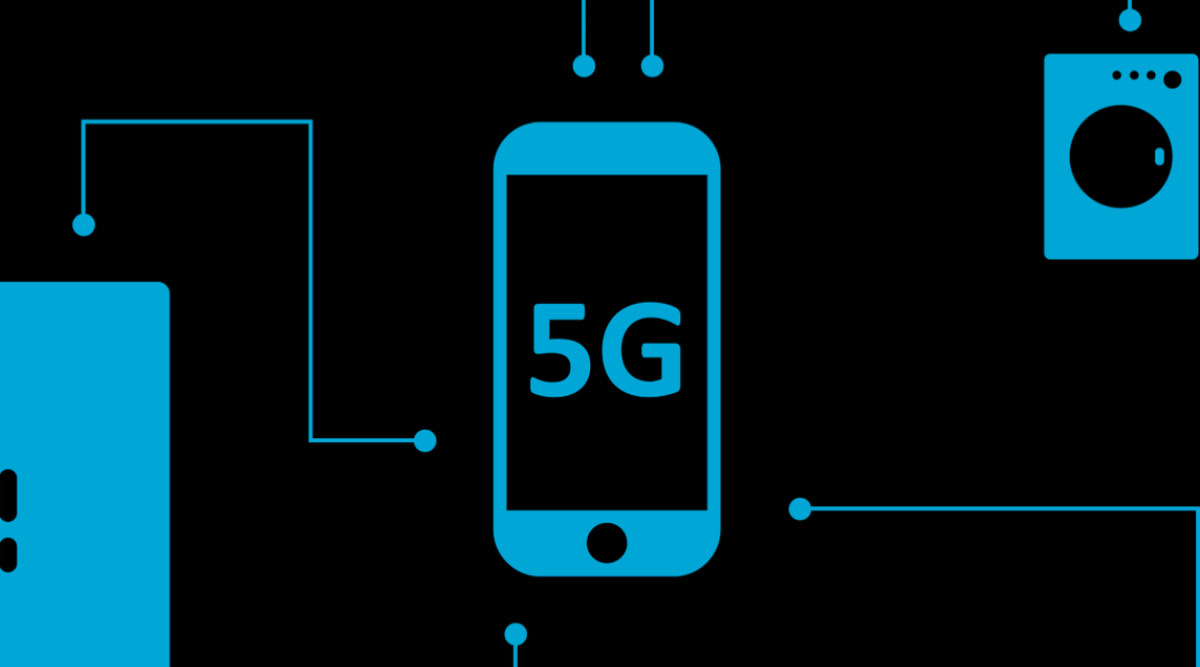5G technology Can Enhance Operational Flexibility, Efficiency, and Reliability

5G technology Can Enhance Operational Flexibility, Efficiency, and Reliability
Consumer and business interest in 5G technology is still high in India, and by 2028, 5G subscriptions are expected to reach over 700 million. According to Nitin Bansal, MD of India and head of Networks for Southeast Asia, Oceania, and India at Ericsson, “Indian businesses see 5G as the key enabler for their digital transformation journey.”
How does Ericsson envision the spread of 5G across the nation? How has Ericsson’s business changed after the introduction of 5G in India?
With the availability of 5G services in more than 380 districts throughout India, 5G networks have been rapidly deployed in that country. According to the most recent Ericsson Mobility Report, by 2028, 700 million mobile subscriptions, or around 57% of all subscriptions, are expected to be 5G-enabled, making India a sizable worldwide 5G market.
Ericsson continues to view India as a vital market. Following the United States in terms of net sales for the most recent quarter ended June 30, 2023, India came in second with 14% of the total revenue. Sales in the market region of Southeast Asia, Oceania, and India increased by an impressive 71% year over year, which can largely be ascribed to increases in India’s 5G market share.
What do you think the adoption of 5G will look like in the business sector? What are the most popular use cases for private 5G?
Indian businesses are embracing digital transformation and investing as needed to update their antiquated systems with new ones in order to spur innovation, increase operational effectiveness, and spur development, among other things. According to a poll conducted by Omdia, 52% of the 316 businesses questioned consider 5G as a key enabler for their journey towards digital transformation, demonstrating a keen interest in adopting 5G in the near future.

The main use of 5G for businesses is to increase operational flexibility, effectiveness, and dependability. For increased efficiency, sectors like manufacturing are implementing technologies like robotic process automation and smart manufacturing. According to Ericsson’s 5G for Business — a 2030 market compass research, the worldwide market for service providers’ involvement in industry digitalization would amount to $700 billion by that time. By 2030, it is expected that service providers in India would earn $17 billion from digitalization made possible by 5G.
What different data consumption patterns do you anticipate the Indian market will see with 5G in the upcoming years?
India continues to have a high level of interest in 5G technology, with 31 million 5G subscribers expected by the end of 2022. Seven out of ten existing smartphone users are eager for greater video streaming quality when they convert to 5G, and this is predicted to increase consumer loyalty. People who already have 5G-ready handsets are adopting digital services more quickly than 4G users, using more than three of them each day.

Additionally, the average data traffic per smartphone in the India market is predicted to increase from 26 GB per month in 2022 to around 62 GB per month in 2028, according to the June edition of the Ericsson Mobility Report. Additionally, it is predicted that overall mobile data traffic would increase from 18 EB per month in 2022 to 58 EB per month in 2028, expanding at a CAGR of 22%. This data demonstrates how 5G infrastructure is anticipated to change customer interactions with digital services, increasing user experiences and fostering widespread adoption throughout the area as its expansion and momentum continue.
What are the main positions you’re trying to fill now that 5G has been introduced to the nation?
The majority of Ericsson’s employees are situated in India, where the company also conducts all of its activities. In order to build a technological hub in Pune and expand our operations and production capacity with our partner Jabil, we are now hiring over 2000 more individuals. In addition, we’re looking for candidates to fill positions in the fields of artificial intelligence, machine learning, data scientists, network slicing, and cloud application management.

The advent of the fifth generation of wireless technology, commonly known as 5G, has brought about a revolution in the world of connectivity. Beyond just faster download speeds for our smartphones, 5G holds immense potential to transform industries and businesses. One of the key areas where 5G is poised to make a significant impact is in enhancing operational flexibility, efficiency, and reliability across various sectors. In this article, we will explore how 5G technology can revolutionize industries, from manufacturing to healthcare, and improve operational performance.
The fundamental promise of 5G is its ability to deliver ultra-fast data transmission and extremely low latency. In practical terms, this means that data can be transmitted almost instantaneously, with latency reduced to just a few milliseconds. This capability is a game-changer for industries where real-time decision-making is critical.
In manufacturing, for example, 5G-enabled machines and robots can communicate with each other and with human operators in real-time. This allows for precise control and coordination, reducing errors and improving overall efficiency. In healthcare, doctors can perform remote surgeries with near-zero latency, enabling life-saving procedures that were previously impossible due to network limitations.
:max_bytes(150000):strip_icc()/shutterstock_749071780-5a5908a57d4be80037d3ccb4.jpg)
The Internet of Things (IoT) has already begun to transform various industries by connecting devices and sensors to the internet, allowing for data-driven decision-making. 5G takes IoT to the next level by providing support for massive connectivity. It can handle a much larger number of devices simultaneously, making it feasible to deploy IoT solutions on a large scale.
In agriculture, for instance, farmers can use sensors to monitor soil conditions, crop health, and weather data in real-time, enabling precision agriculture techniques that optimize crop yields and resource usage. In logistics, 5G-powered IoT devices can track the location and condition of goods in transit, ensuring timely deliveries and minimizing losses.
5G networks are closely intertwined with edge computing, which involves processing data closer to the source, reducing the need to transmit data back to centralized data centers. This is particularly advantageous for applications that require low latency and real-time processing.
For autonomous vehicles, 5G and edge computing enable instant decision-making based on data from sensors and cameras. In retail, it facilitates cashier-less stores where purchases are automatically registered, improving customer experiences. In energy management, it enables smart grids to respond instantly to fluctuations in supply and demand, enhancing grid stability.
5G networks come with advanced security features, making them more resistant to cyberattacks. This is crucial for industries like finance and healthcare, where data privacy and security are paramount. With robust encryption and authentication mechanisms, 5G ensures that sensitive data remains protected.

Additionally, 5G networks are designed to be highly reliable. In mission-critical applications such as emergency services and disaster response, 5G can ensure that communication remains uninterrupted even in challenging situations, improving overall safety and response times.
One of the most innovative features of 5G is network slicing. This technology allows network operators to partition a single physical network into multiple virtual networks, each tailored to specific requirements. This means that industries with diverse needs can coexist on the same infrastructure without interference.
For example, a factory can have its dedicated network slice with guaranteed bandwidth and low latency, while a nearby smart city application might have its own slice optimized for massive IoT connectivity. This flexibility ensures that different industries can leverage 5G according to their specific demands.
5G technology represents a significant leap forward in connectivity, offering the potential to enhance operational flexibility, efficiency, and reliability across numerous industries. With its ultra-fast and low-latency connectivity, support for massive IoT, edge computing capabilities, enhanced reliability and security, and customized network slicing, 5G is poised to revolutionize the way businesses and organizations operate.
To fully harness the power of 5G, industries must embrace this technology and adapt their operations to take advantage of its capabilities. As 5G networks continue to roll out and mature, we can expect to see a wave of innovation and transformation that will benefit both businesses and consumers alike.






